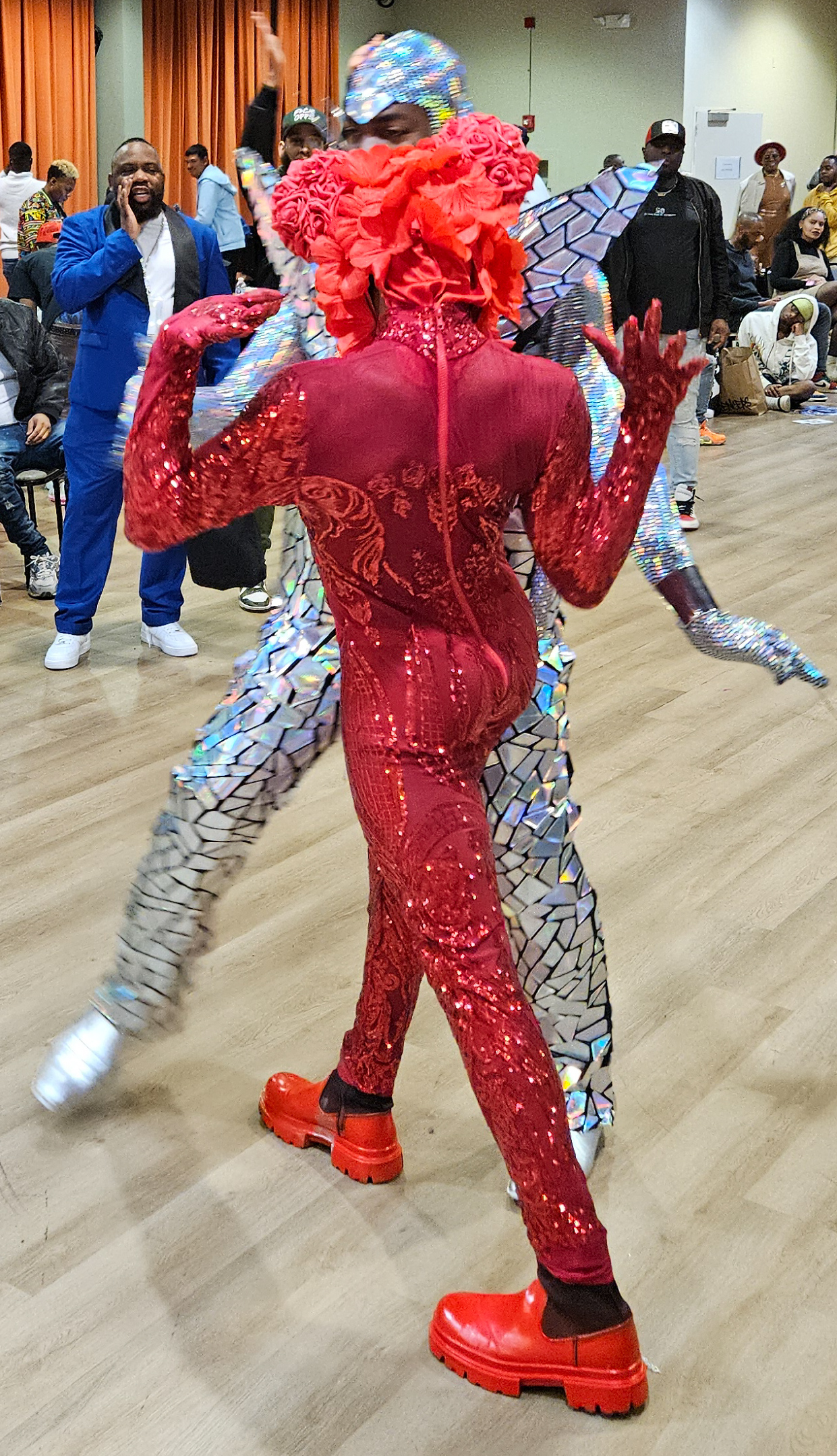New York and Philadelphia’s Black Gay Ballroom scene is a living cultural artform providing a place of home and expression for LGBTQ+ people, especially individuals of color. This movement, started as a subculture, has evolved into an influence on the rest of LGBTQ+ culture globally with its style, spectacle and strength.
Black Gay Ballroom went beyond underground to be an important aspect of LGBTQ+ culture. By establishing a platform for those who are marginalized, it has reframed gender and sexuality. Ballroom culture’s language, choreography and characters seep into popular culture, driving music videos, clothes and dance tournaments around the world.
Beginning in the Harlem Renaissance of the 1920s, the scene was a place of refuge from racism and homophobia. It survived generations of changes in the societal mind, keeping pace and swelled during the AIDS pandemic. Because the communities of New York and Philadelphia held up their end, the scene was able to shape and transform on a regular basis and thrived.
Ballroom is all about inclusivity and tolerance by embracing differences of gender identity and expression. It is a place where everyone, regardless of race, sexuality or gender, can be supportive and vocal. This openness undergirds a more general cultural message of tolerance in and outside of the LGBTQ+ community.
The art of the ballroom scene is three-fold, including fashion, dance and theatre. Participants – ‘children’ – live in ‘houses’, families. These houses vie for categories of talent, ingenuity and character, creating singular voices in performance art the world over.
Ballroom culture is a dynamic space for social and political activism (which can revolve around topics such as racism, transphobia and the HIV/AIDS crisis). There are activities and conversations in them that promote awareness and fight for rights and representation that are crucial to a strong LGBTQ+ rights movement.
The scene’s individuality and allure extended internationally into popular culture. Its influence is proven by TV shows such as ‘Pose’ and the ubiquity of terms such as ‘voguing’. In the world, ballroom culture creates atmospheres not unlike its New York and Philadelphia roots, adapting its philosophy to different cultures.
New York and Philadelphia’s Black Gay Ballroom scene isn’t just a show; it’s an emblem of survival, cultural identification and empowerment that’s inspiring new generations around the world. Even when it’s expanded internationally, its core values of inclusion and art are the same.
Black Gay Ballroom culture in New York and Philadelphia is a woven thread in the fabric of queer cultural history: stories of resistance and solidarity. It’s a subculture en masse, a demonstration of the force of art and the ability to weather the storm.
And we can see the culture of the Black Gay Ballroom movement in today’s LGBTQ+ world and beyond. In everything from the language (‘realness’, ‘shade’) to the dances that have infused pop culture, its influence cannot be denied. It has increased LGBTQ+ people of color visibility and created activism against discrimination and inequality.
The ballroom scene goes back to early 20th-century Harlem as ballroom drag races and was for LGBTQ+ people, primarily black and Latino, a place of welcome. Philadelphia came into the story, which was built on local festivals and advocacy.
Ballroom culture is deliberately inclusive: people get together according to identity and ambition. It encourages an attitude of acceptance and forms new notions of gender, beauty and success that can be defiant of popular norms.
Considered art-in-the-making, every ballroom party is a projection of the participants’ creativity. There are events labelled from ‘Vogue Fem’ to ‘Face’ to ‘Runway’, all of which advocate diverse presentations of self-awareness and community, for a culture of performance art.
Ballroom dancing was once the protest stage, a place to hear the debates about the issues facing its neighbors. Such activism is still going strong, and the movement elevates the voices against systemic injustices such as healthcare inequity, social justice for LGBTQ+ people of color, and so on.
Once it was made known in the media and by celebrity endorsement, Ballroom culture has been sparked into a global movement. Its culture of dissent and rebellion can be found in Paris, London and Tokyo. The international chapters adapt the culture of New York and Philadelphia to local sociocultural situations.
In New York and Philadelphia, the Black Gay Ballroom traditions are the crossing over of the past and the future, a history of courage and glamour. They are spreading worldwide in the common desire to envision a more diverse and celebratory world, each fashion and dance deep in their cries of freedom.
